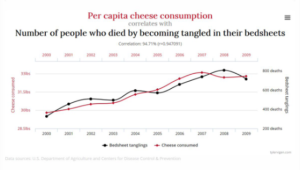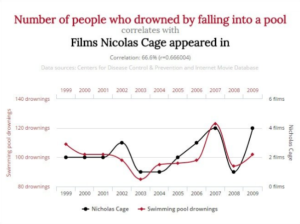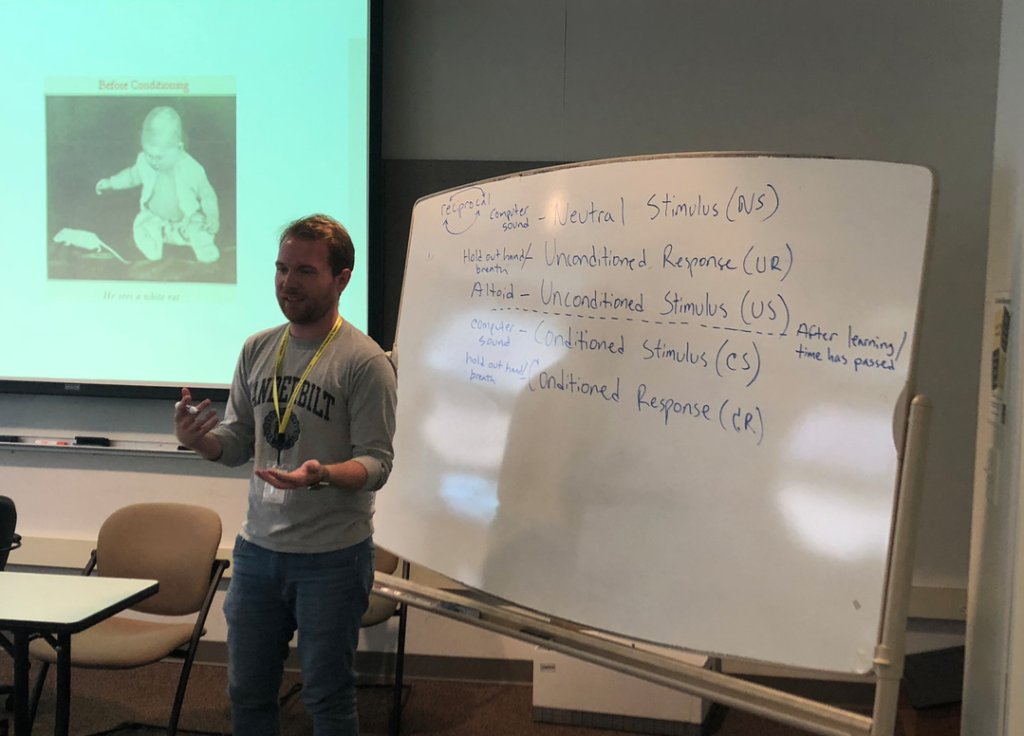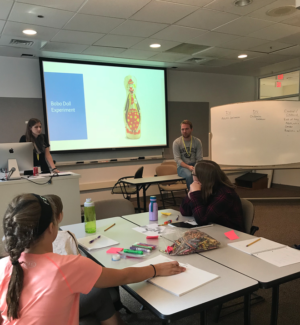Fall SAVY 2018, Day 1 – Psychology 101 (5th/6th)
Hello SAVY Parents,
It was a wonderful first day in Psychology 101. We have been anxiously awaiting today, and it was great to finally meet each and every one of your students. In our first day, we laid the groundwork for this course. We got to know one another through some ice breakers and surveys before establishing some norms as a community of scientists. When discussing expectations, we talked about an idea called “dual task interference.” Follow this video link to simulate this idea of dual task interference, and ask your student which neurological disease is associated with this test!
Once our class expectations were established, we were able to move on to talk about what psychology means. When broken down, “psych” means “the mind”, and “ology” means “the study of”, so it literally translates to “the study of the mind.” We jumped into a brief history of crucial scientists such as Wilhelm Wundt (considered the founder of psychology) and William James (the founder of psychology in the United States). These men were pioneers in the field of psychology. As part of our base knowledge, we also learned the 5 domains of psychology: Neuroscience, cognition, social, emotion, and developmental. Understanding the bases of psychology will be important as we move forward.
Next, we talked about experiments and experimental design. The scientific method is very applicable to psychology. To make sure we understand the scientific method thoroughly, the students worked within their tables to arrange the steps of the scientific method into the correct order before we went over it as a group. We also went over important experimental terms such as independent variable, dependent variable, and confound variables, internal validity, and external validity. Ask your student about the example we discussed in class for confound variable. You may want to use the key words “ice cream” to spark this discussion!
Another important discussion we had in class today was the tricky idea of correlation vs. causation. There can be things that are correlated, but not necessarily one causing the other. In the below pictures are some examples. Ask your child how these graphs relate to what we discussed in class.



The last thing we discussed today were some classic psychological studies. The first example we discussed was Pavlov’s dogs and Classical
Conditioning. We learned how you can condition a behavior to occur after a neutral stimulus over time.
We applied this same principle to a clip of “The Office”. We identified the neutral stimulus, unconditioned stimulus, unconditioned response, conditioned stimulus, and conditioned response in this clip. We also looked at the Little Albert Study, Harlow’s Monkeys, Bandura’s Bobo Doll Experiment, and Delayed Gratification. Below are some video links to more information about these other studies we looked at:
– Bandura’s Bobo Doll Experiment
As a discussion question to talk about with your student, ask them about the ethics of the experiments we discussed today. Were they ethical? What is the committee that came out of these studies?
Thank you for your participation in SAVY, and we look forward to next week!
Kelly Knowles and Marcus Wild
Studying the Elements of Experiments

